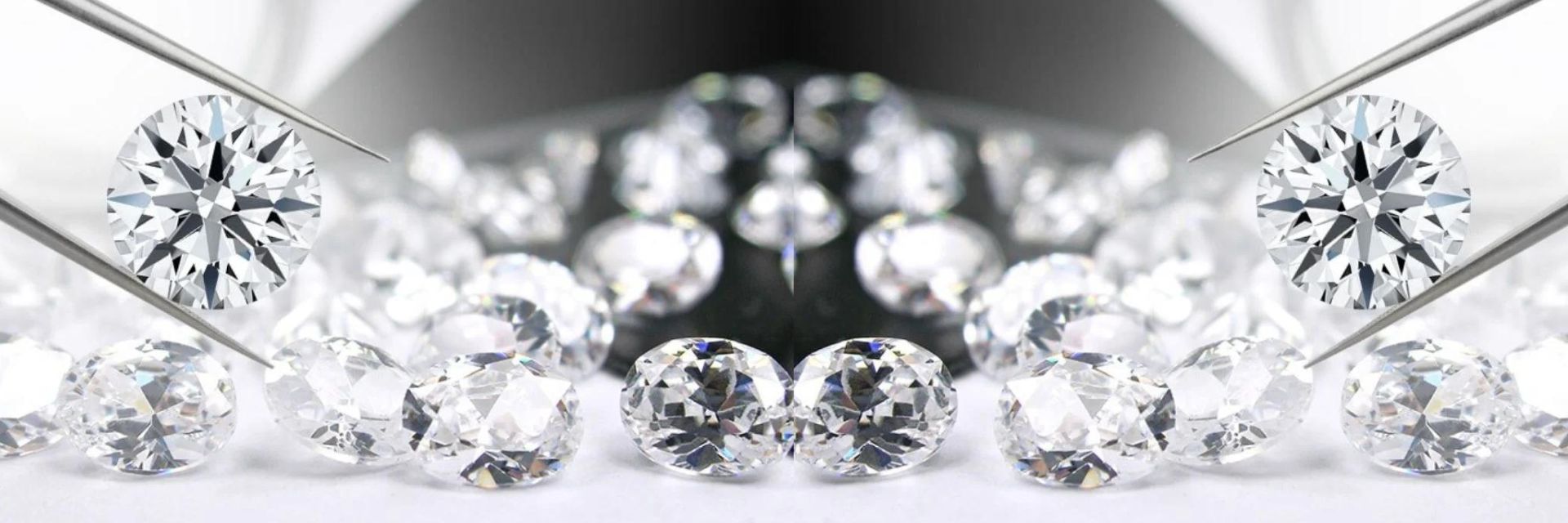The Sparkling Truth: Natural vs. Lab-Grown Diamonds
October 7th, 2024
When it comes to choosing the perfect diamond, the options can be overwhelming. At W. Kodak Jewelers, we believe in empowering our customers with the knowledge they need to make informed choices. One of the most common dilemmas is deciding between natural diamonds and lab-grown diamonds. Let’s dive into the key differences between these two sparkling gems to help you find your ideal match.

What Are Natural Diamonds?
Natural diamonds are formed over billions of years deep within the Earth’s mantle under extreme pressure and temperature. They are created through natural geological processes, often emerging from volcanic eruptions. Each natural diamond is unique, carrying its own history and character.
Key Characteristics of Natural Diamonds:
- Origin: Mined from the earth, often requiring extensive labor and environmental resources.
- Rarity: Their formation takes a significant amount of time, making them rare and often more expensive.
- Value: Natural diamonds often hold higher resale value due to their rarity and traditional desirability.
- Ethical Concerns: Depending on the source, natural diamonds can be associated with ethical concerns, such as "blood diamonds." However, many jewelers now offer conflict-free options.
What Are Lab-Grown Diamonds?
Lab-grown diamonds, also known as synthetic or cultured diamonds, are created in controlled environments using advanced technology that replicates the natural diamond-growing process. These diamonds share the same physical and chemical properties as their natural counterparts.
Key Characteristics of Lab-Grown Diamonds:
- Origin: Created in a laboratory setting, significantly reducing environmental impact and energy consumption.
- Affordability: Typically 20-40% less expensive than natural diamonds, making them an attractive option for budget-conscious consumers.
- Ethics: Lab-grown diamonds are often viewed as a more ethical choice since they eliminate concerns about mining practices and conflict.
- Quality: Lab-grown diamonds can be produced in a variety of sizes and qualities, often leading to exceptional clarity and color.
Comparing the Two
| Feature | Natural Diamonds | Lab-Grown Diamonds |
|---|---|---|
| Origin | Mined from the Earth | Created in a lab |
| Rarity | Rare and unique | More abundant |
| Price | Generally more expensive | More affordable |
| Environmental Impact | Can be significant | Lower environmental footprint |
| Ethical Concerns | Potential issues with conflict | Considered ethically sound |
| Resale Value | Typically holds higher value | Lower resale value, but increasing interest |
Making Your Choice
The decision between natural and lab-grown diamonds ultimately comes down to personal preference and values. If you’re drawn to the idea of owning a timeless piece of natural history, a natural diamond may be the right choice for you. On the other hand, if you prioritize sustainability and cost, a lab-grown diamond could be the perfect option.
At W. Kodak Jewelers, we offer a wide range of both natural and lab-grown diamonds, ensuring that you have access to the best options that fit your style and budget. Our expert staff is here to guide you through the selection process, answering any questions you may have about each type of diamond.
Conclusion
Whether you choose a natural or lab-grown diamond, what truly matters is the love and commitment represented by your choice. Each diamond tells a story, and at W. Kodak Jewelers, we’re here to help you find the one that reflects your unique journey. Visit us today to explore our stunning collection and discover the perfect diamond for your special occasion!